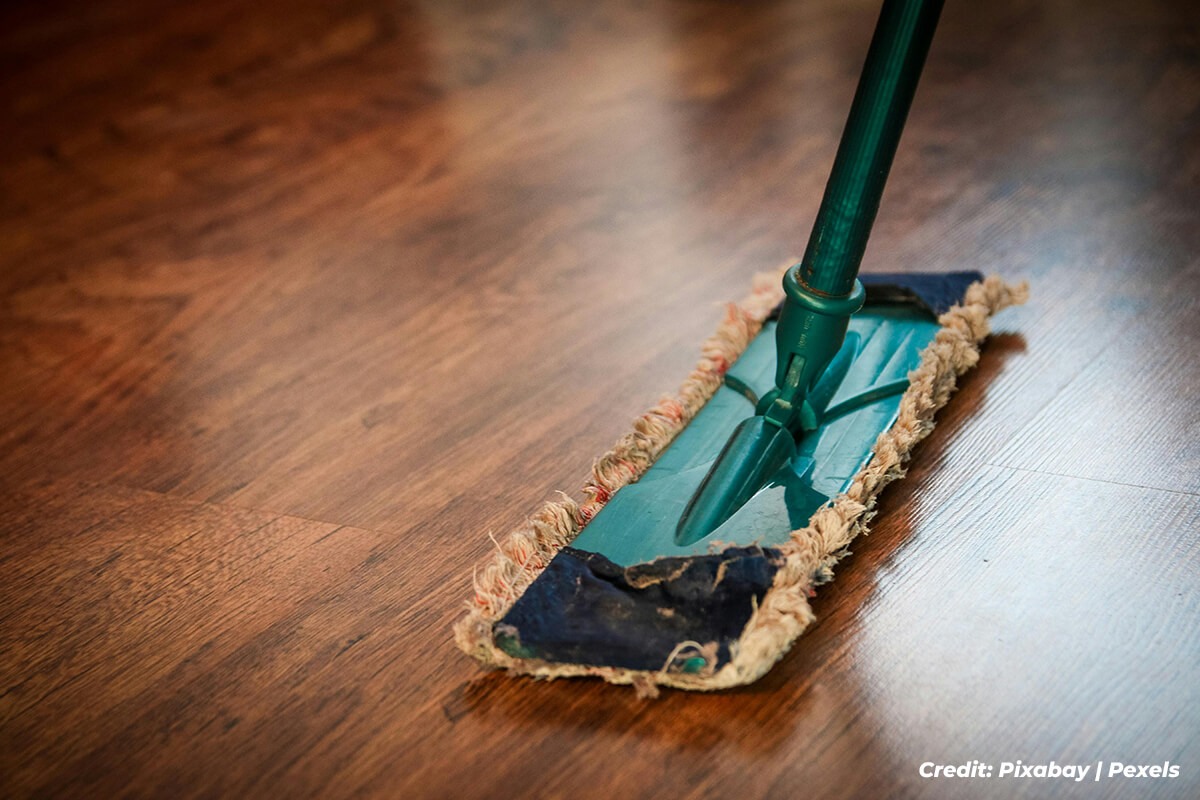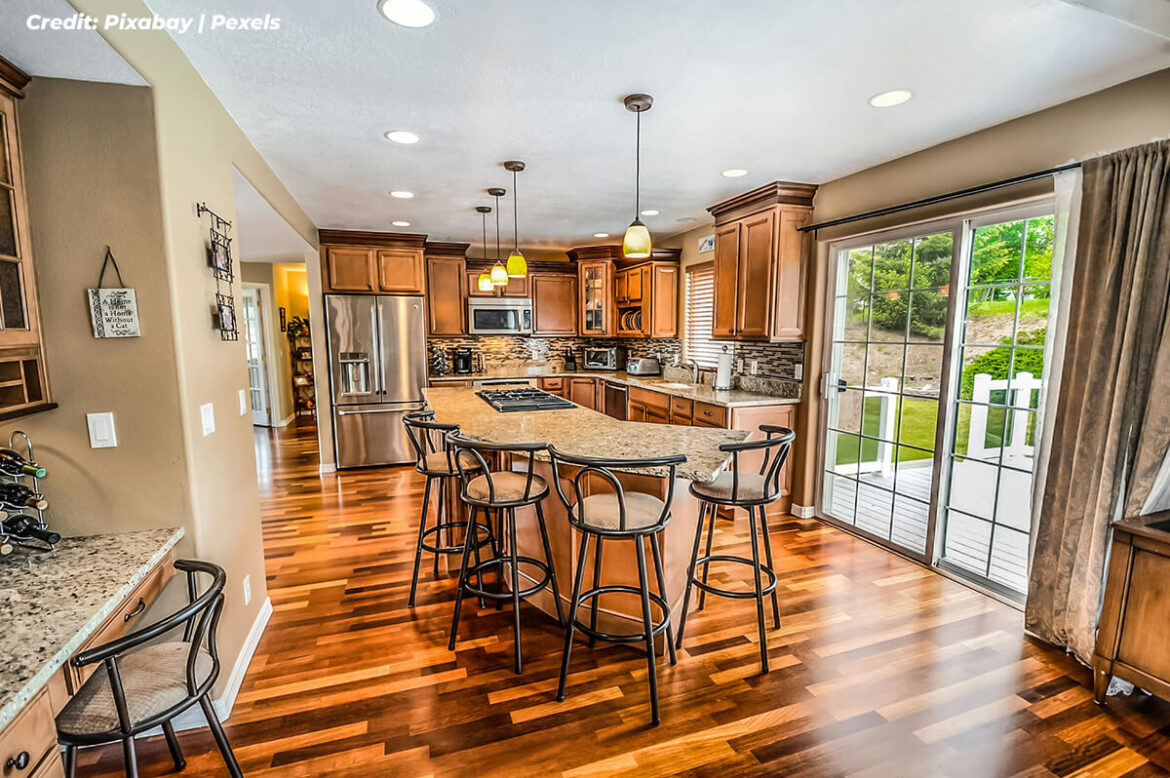The rich warmth and timeless elegance of hardwood flooring are aspirations for many Canadian homeowners. It’s an investment intended not just for today, but for generations to come. The promise of a floor that lasts half a century is achievable, but it isn’t automatic.
Reaching this impressive milestone depends on a confluence of factors, from the initial choice of wood to the daily care it receives. Understanding these influences empowers homeowners to make informed decisions that pave the way for decades of enduring beauty and value underfoot.
The Foundation: Material Matters for Hardwood Flooring
The journey to a 50-year hardwood floor begins long before installation, with the selection of the wood itself. Different wood species possess varying degrees of hardness and durability, directly impacting their resistance to dents, scratches, and everyday wear.
For Canadian homes facing the rigours of harsh winters and humid summers, choosing a resilient species is important. Options like Canadian maple, oak (both red and white), and ash are known for their hardness and ability to withstand the temperature and moisture fluctuations common across the country.
The Construction Factor: Built for a Canadian Climate
Beyond the species, the construction of the flooring plays a critical role. While solid hardwood offers timeless appeal and the ability to be refinished multiple times, engineered hardwood, with its multi-layered core, provides enhanced dimensional stability.
This stability is particularly advantageous in Canada’s diverse climate, where seasonal changes can cause solid wood to expand and contract more significantly, potentially leading to gapping or cupping.
The Shield: The Importance of a Quality Finish

The finish applied to your hardwood floor acts as its primary defence against the elements, daily wear, and spills. A robust, high-quality finish not only enhances the wood’s natural beauty but also creates a protective barrier that significantly extends its lifespan.
Within polyurethane options, a choice exists between traditional oil-based and modern water-based formulas. Oil-based finishes are known for their deep, amber glow and exceptional durability. Water-based finishes, however, provide a crystal-clear coat that won’t yellow, curing faster with significantly lower odour.
It’s All in the Application
The number of finish coats applied and the expertise of the application are just as crucial as the type of finish itself. A thicker, properly cured finish offers superior protection against wear and moisture penetration, directly contributing to the floor’s long-term performance.
The Installation Imperative: Setting the Stage for Success
Even the highest quality wood and finish can fall short of the 50-year mark without proper installation. A meticulous and professional installation ensures the following:
- The subfloor is properly prepared.
- The wood is appropriately acclimatized to the home’s environment (a particularly critical step in Canada’s fluctuating climate).
- Adequate expansion gaps are left to accommodate natural movement.
Improper installation can lead to a host of problems down the line, including squeaking, warping, and premature wear, significantly shortening the floor’s lifespan. When considering wood flooring in Toronto or anywhere in Canada, prioritizing experienced installers is a wise investment in longevity.
Year-Round Vigilance: Maintenance is Key to Decades of Beauty

Once your hardwood floor is installed, ongoing maintenance becomes the most crucial factor in reaching that 50-year milestone.
- Regular, Gentle Cleaning: Daily dirt and grit can act like sandpaper, gradually dulling the finish and scratching the wood. Prevent this by making consistent sweeping or vacuuming (always with a soft brush attachment) an essential part of your routine.
- Proper Mopping Technique: When mopping is necessary, it’s vital to use a cleaner specifically formulated for hardwood floors. To avoid water damage, your mop should be barely damp, never wet, as excess moisture is a primary threat to the wood.
- Consistent Climate Control: Maintaining a stable relative humidity level, ideally between 35% and 55% year-round, will minimize the wood’s natural expansion and contraction. This means using dehumidifiers during Canada’s humid summers and humidifiers during its cold, dry winters to significantly reduce stress on the flooring.
- Use Protective Furniture Pads: Place high-quality felt pads on the feet of all furniture, including chairs, tables, sofas, and cabinets. This is one of the most effective ways to prevent the long, deep scratches and gouges that occur when furniture is shifted even slightly. Check and clean these pads periodically to ensure grit has not become embedded in them.
- Implement a Two-Mat Entryway System: Protect your floors from the primary source of damage – what’s tracked in from outside. Use a coarse, heavy-duty mat outside to scrape off snow, grit, and debris. Inside the door, place an absorbent mat to capture melting moisture and finer particles, especially damaging winter salt and sand.
- Address Spills Immediately: Water is the natural enemy of wood. Whether it’s a spilled drink, a pet accident, or melting snow from a boot, it is crucial to wipe up any liquid immediately with a soft, absorbent cloth. The longer a spill sits, the greater the chance it has to seep between planks or damage the protective finish.
- Schedule Periodic Professional Maintenance: Between full refinishings, consider a professional “screen and recoat” every 3-5 years, depending on traffic. This process involves lightly abrading (screening) the top layer of the existing finish and applying a fresh coat of polyurethane. It’s an effective way to remove minor surface scratches and restore the floor’s protective shield without the cost and disruption of a full sanding.
The Power of Preservation: Refinishing for Renewal
Even with the best care, the finish on a hardwood floor will eventually show signs of wear. This is where the beauty of solid hardwood truly shines. Unlike many other flooring types, solid hardwood can be professionally sanded and refinished multiple times, effectively bringing it back to its original glory.
According to a study, the durability of wood floorings can be increased through the adoption of regular inspections and maintenance actions, thus promoting the sustainability of the solution and reducing its environmental impacts (Coelho et al., 2021).
The Power of Refinishing
Refinishing not only restores the floor’s appearance but also adds a fresh layer of protection, extending its lifespan for decades. Engineered hardwood with a thick veneer can also be refinished, albeit fewer times than solid wood. Knowing the thickness of the veneer is an important factor in assessing the long-term potential of engineered options.
Building a Legacy Underfoot
Your floor is more than just a surface; it’s the foundation of your home’s story and the stage for future memories. Choosing the right hardwood is an act of legacy-building, a commitment to quality that will pay dividends in beauty and value for decades. This single decision sets the tone for a home defined by enduring character and unmistakable quality.
For expert guidance on selecting and maintaining premium hardwood flooring in Toronto designed for this kind of lasting beauty, connect with the specialists at Capital Hardwood Flooring at (416) 536-2200. Your journey to a 50-year floor begins with a conversation today.
